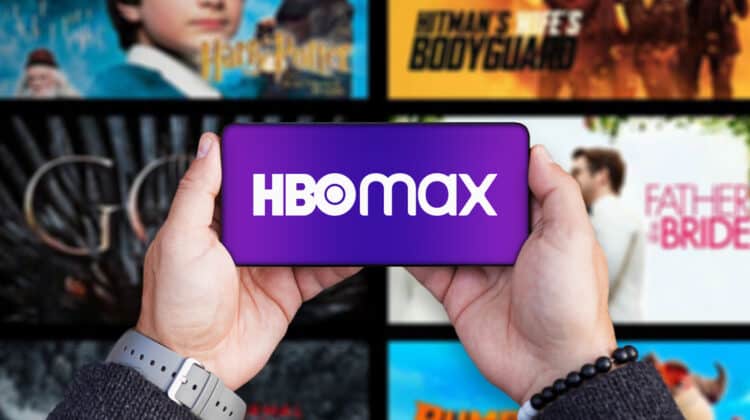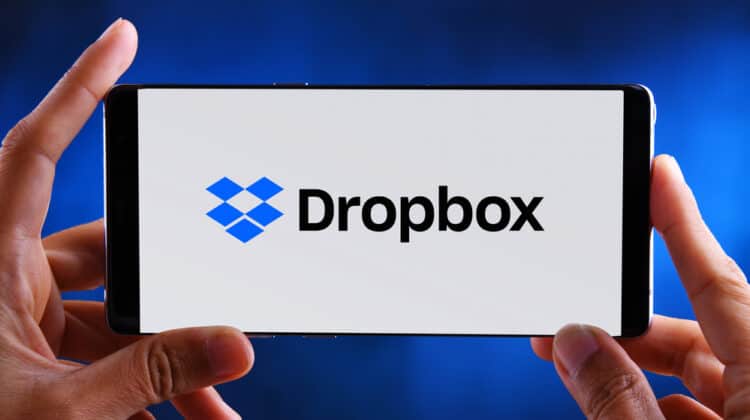
Both HBO and Showtime have a reputation for producing high-quality, premium, content.
Despite their similarities, however, there are some differences between the two companies worth mentioning.
You might discover, based on their differences, that one platform is better than the other for your needs or interests.
HBO Vs Showtime (What’s The Difference?)
1. Content Themes

Both HBO and Showtime offer premium television.
However, the themes of their shows tend to differ from one another.
HBO, for example, tends to lean towards more cinematic content.
It prefers high-octane action with some adult content sprinkled in.
Showtime, on the other hand, tends to go for more diverse, or niche, content.
While it may have its share of cinematic themes, it tends to spotlight shows that center around everyday life.
You’ll find a great deal of fantasy shows on HBO, for example.
Fantasy shows allow HBO to produce cinematic content.
On Showtime, you’ll often find shows based on the stories of people.
It may be a person from a particular group or just feature an ensemble and their, respective, stories.
Whether you want adaptations of beloved books or stories that are more personal, HBO and Showtime offer different themes with their content.
2. Audience Numbers And Type

Both platforms also have different audience members and types.
HBO has reportedly over 90 million users.
Showtime has over 60 million users.
Clearly, HBO has a wider reach.
There may be a few reasons behind HBO’s larger numbers.
For one, its focus on book adaptions likely plays a role.
It’s able to draw in fans of the book as well as the book’s genre.
Game of Thrones, for example, brought in fans of the book series but also fans of the fantasy genre as a whole.
HBO also offers several different genres.
It has movies and TV shows for children while also offering genres like mystery, action, fantasy, and drama for adults.
It also produces a lot of content.
This increases the chances of people coming to HBO since they know that they have a lot of options to watch.
HBO’s partnerships have likely also helped pull people from other platforms to its platform.
With a larger number of users, HBO tends to have more funds to put towards producing more content and repeating the cycle.
Showtime has around 30 million lesser subscribers.
This means they don’t have quite as large of a budget as HBO.
However, the main difference here is the type of audience that each company pulls in.
HBO tends to pull in the general public.
It’s primarily focused on creating content that the status quo enjoys.
It does have some content geared towards certain communities, but by and large, it makes content for traditional households.
Showtime, on the other hand, tends to produce more niche content.
Its focus is on providing content for audience members who don’t fit the typical household.
Some might even say that Showtime tends to produce more rebellious content than HBO.
Either way, the audience numbers, and types are a bit different between the two companies.
3. Branding Style

The branding style of each company is also different.
Both tend to feature high-quality, premium, content, but the way in which they do so is slightly different.
HBO, since it tends to produce content for the general public, tends to brand itself as such.
It looks to capture the interest of the everyday person that is looking for premium content.
You’ll often find it produces ads featuring popular celebrities that star in the platform’s shows.
It also tends to lean on past successes.
You’ll often see Game of Thrones advertised, for example, even though the show ended several years ago.
Showtime does things just a bit differently.
Because it tends to produce more niche content, the company understands that its audience doesn’t always fit into tidy boxes.
As such, you’ll often see the company brand itself as the edgier company.
The company isn’t afraid to explore dense topics like race, sex, and sexual identity.
It might feature some well-known faces, but it also pushes celebrities who are popular among certain communities.
It tends to focus on upcoming shows rather than using older shows as evidence that it produces high-quality content.
As such, HBO tends to brand itself as a traditional premium platform while Showtime tends to brand itself as a more edgier and rebellious platform.
4. Price

Perhaps one of the most important differences for consumers is the price.
If you want to save money, then you might be wondering which platform is the cheapest.
That all depends on whether you’re willing to watch ads or not.
HBO has the cheapest option if you’re fine with sitting through some ads.
Its ad-enabled subscription plan is $9.99 a month.
Back in the day, HBO didn’t display ads at all.
However, the company realized that its premium subscription was a bit too expensive for some people.
It compromised and offered a lower price with ads.
The ads help HBO make up the difference in the money it’d lose normally and also allows more households with tighter budgets to enjoy premium content, too.
Its more expensive, ad-free, subscription is the most expensive option out of the two companies.
It costs $15.99 a month.
The benefit is that you’re able to watch the shows you want without interruption.
Showtime falls right in the middle.
It offers a single subscription plan for $10.99 a month.
It also has several different partnerships that you can choose which makes it a bit more expensive.
For example, if you want to combine Paramount+ with Showtime, then you’re looking at spending $11.99 a month.
That’s still cheaper than HBO’s top-tier subscription plan though.
As such, if you want cheap, then you can always go for HBO’s ad-enabled subscription plan.
If you have the budget, then HBO’s ad-free plan is the right choice.
If you don’t want ads, then Showtime has the cheapest option for you.
Either way, both companies differ when it comes to their subscription prices.
5. Ads

Another big difference between HBO and Showtime is whether the company displays ads or not.
Premium television is often called premium because of its lack of ads.
Besides high-quality content, a lot of people watch premium television because it allows them to escape from ads.
Unfortunately, one of the companies has started to display ads.
HBO, in an effort to make its platform more affordable to larger audiences, has started to display ads.
Its cheapest subscription option has ads enabled.
This means that there is a limited number of ads that display during the content you’re watching.
It doesn’t have quite as many ads as most network shows, but you won’t be able to escape them.
HBO has ads because it helps the company still generate the money it needs despite the cheaper subscription.
It’s a compromise it had to make to make its service more affordable while still earning enough money to continue to produce high-quality content.
Showtime does not show ads.
Its subscription plan comes with an ad-free experience.
Even its live shows don’t use ads.
The only caveat here is whether you choose to bundle it with Paramount+ or not.
Paramount+ does display ads based on the subscription you have.
Like HBO, the Showtime/Paramount+ bundle has two tiers.
There’s the ad-free tier, which is more expensive, and the ad-enabled tier which is cheaper.
If you don’t have a bundle with Paramount+, however, then you don’t see any ads.
As such, Showtime, on its own, does not display ads.
HBO, unfortunately, does have a tier that shows ads.
6. Partnerships And Merges

Partnerships are another big difference between the two companies.
Both have partnered with different networks to provide more content for their audiences.
HBO, which is part of WarnerMedia, already has an association with Warner Bros.
This means it’s able to show any content that the studio produces.
It also merged with Discovery.
Discovery has several channels under its belt.
Some of them include:
- HGTV
- Food Network
- Discovery Channel
Thanks to the merger, those who have an HBO Max account will be able to stream content from those shows, too.
It’s also exclusive.
This means that people with a subscription to Showtime, for example, won’t be able to watch those shows unless they have a Max subscription.
Showtime has its own partnership, too.
It has partnered with Paramount+ to provide more content to its audience.
Paramount+ has quite a few shows pulling in audiences, too.
One of its biggest IPs is Star Trek.
Showtime hasn’t merged with Paramount+, however, so if you want to watch content from both platforms, then you need to pay for a specific bundle.
HBO and Showtime are both different based on the partnerships and merges that each has.
7. Theatrical Releases

If you’re a big movie fan, then you might also want to know which platform tends to grab movie releases first.
HBO is the platform that tends to have new theatrical releases before Showtime.
Sometimes, HBO even premieres theatrical releases on the opening day that the film has in theaters.
The company tends to have an exclusive window where it has certain movies before it moves on to other platforms.
As such, if you want to see a movie as soon as it’s released, then HBO might be the better pick.
NEXT: Apple Music Stops Playing (Reasons, Fixes)

























